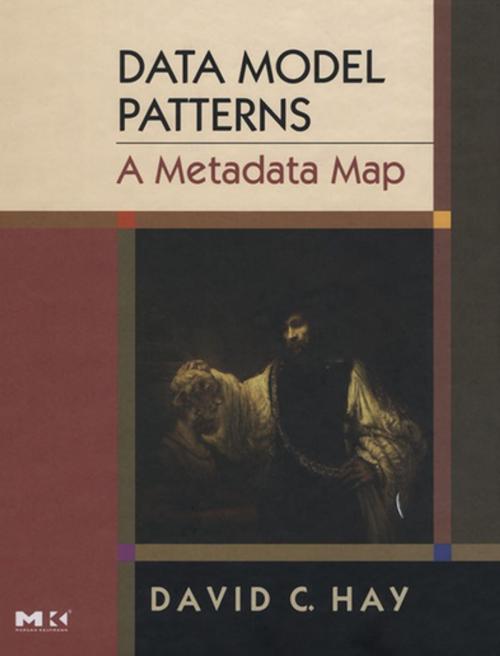Data Model Patterns: A Metadata Map
A Metadata Map
Nonfiction, Computers, Advanced Computing, Programming, Data Modeling & Design, Software Development, General Computing| Author: | David C. Hay | ISBN: | 9780080477039 |
| Publisher: | Elsevier Science | Publication: | July 20, 2010 |
| Imprint: | Morgan Kaufmann | Language: | English |
| Author: | David C. Hay |
| ISBN: | 9780080477039 |
| Publisher: | Elsevier Science |
| Publication: | July 20, 2010 |
| Imprint: | Morgan Kaufmann |
| Language: | English |
In recent years, companies and government agencies have come to realize that the data they use represent a significant corporate resource, whose cost calls for management every bit as rigorous as the management of human resources, money, and capital equipment. With this realization has come recognition of the importance to integrate the data that has traditionally only been available from disparate sources.
An important component of this integration is the management of the “metadata? that describe, catalogue, and provide access to the various forms of underlying business data. The “metadata repository? is essential keeping track both of the various physical components of these systems, but also their semantics. What do we mean by “customer?? Where can we find information about our customers?
After years of building enterprise models for the oil, pharmaceutical, banking, and other industries, Dave Hay has here not only developed a conceptual model of such a metadata repository, he has in fact created a true enterprise data model of the information technology industry itself.
* A comprehensive work based on the Zachman Framework for information architecture—encompassing the Business Owner's, Architect's, and Designer's views, for all columns (data, activities, locations, people, timing, and motivation)
* Provides a step-by-step description of model and is organized so that different readers can benefit from different parts
* Provides a view of the world being addressed by all the techniques, methods and tools of the information processing industry (for example, object-oriented design, CASE, business process re-engineering, etc.)
* Presents many concepts that are not currently being addressed by such tools — and should be
In recent years, companies and government agencies have come to realize that the data they use represent a significant corporate resource, whose cost calls for management every bit as rigorous as the management of human resources, money, and capital equipment. With this realization has come recognition of the importance to integrate the data that has traditionally only been available from disparate sources.
An important component of this integration is the management of the “metadata? that describe, catalogue, and provide access to the various forms of underlying business data. The “metadata repository? is essential keeping track both of the various physical components of these systems, but also their semantics. What do we mean by “customer?? Where can we find information about our customers?
After years of building enterprise models for the oil, pharmaceutical, banking, and other industries, Dave Hay has here not only developed a conceptual model of such a metadata repository, he has in fact created a true enterprise data model of the information technology industry itself.
* A comprehensive work based on the Zachman Framework for information architecture—encompassing the Business Owner's, Architect's, and Designer's views, for all columns (data, activities, locations, people, timing, and motivation)
* Provides a step-by-step description of model and is organized so that different readers can benefit from different parts
* Provides a view of the world being addressed by all the techniques, methods and tools of the information processing industry (for example, object-oriented design, CASE, business process re-engineering, etc.)
* Presents many concepts that are not currently being addressed by such tools — and should be















